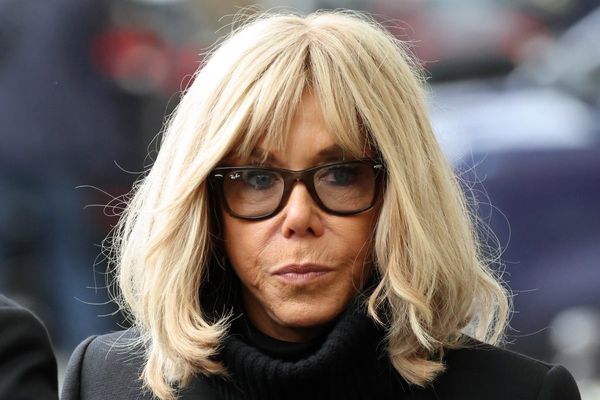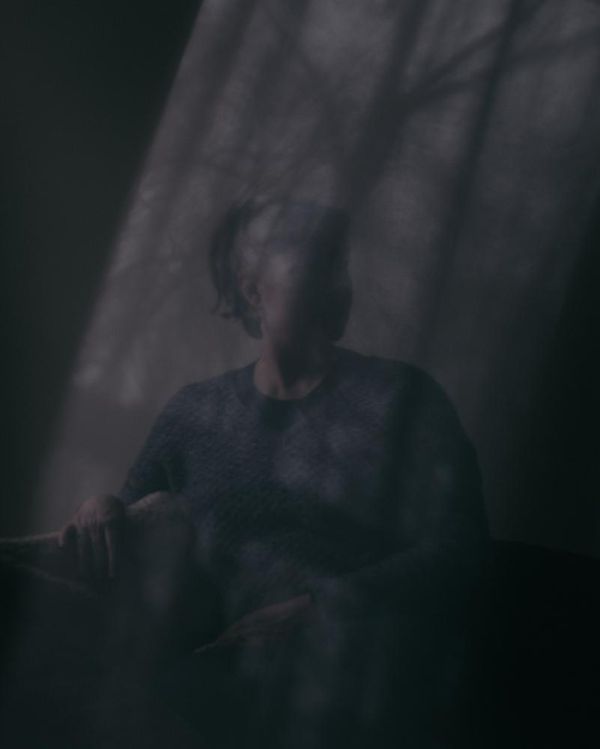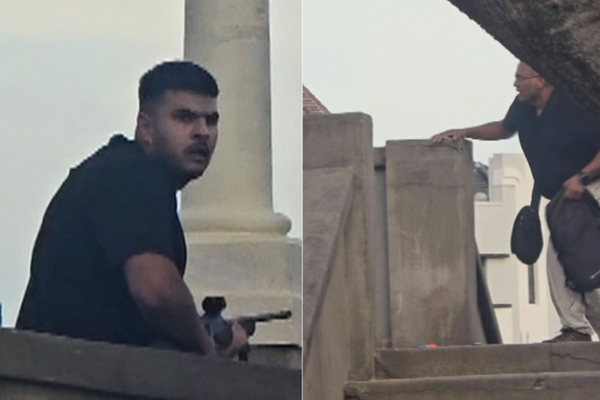
We’re familiar with borrowing books from a library or renting a car, a carpet cleaner or a suit, but have you ever considered loaning an artwork? A Sidney Nolan, perhaps? An Emily Kam Kngwarray or Patricia Piccinini? Or maybe something from an up-and-coming video artist or photographer? A neon text-based work? Or something more hard-hitting, such as a series of paintings on discarded aerial maps that symbolically reclaims country from mining companies?
Should any of these pique your interest, Artbank has you covered. The government-owned collection is composed of more than 11,000 works of art available for loan by individuals and businesses, starting from as little as $165 for a year and capping at $11,000.
The genesis of the collection dates back to the mid-70s, when the Whitlam government began researching new ways to support contemporary art. Brian Johns, a cultural critic and political journalist, led the project, taking inspiration from Canada’s Art Bank. The premise was simple: acquire works of art, loan them for fees, then reinvest those fees into new acquisitions and operating costs. The mission was twofold: to support living artists and galleries by buying their work, and to make art accessible to a broader public.
Although it started with Whitlam, Artbank didn’t launch until 1980 under the Fraser government, part of a campaign promise “to bring Australian art out of the galleries into the community”. Within 12 years, the innovative model proved itself: from 1992, Artbank was financially self-sustaining and has remained largely so ever since.
Now, Artbank invests half a million dollars of its annual income from loans into acquiring new works from every state and territory. Director Zoë Rodriguez believes that among Australian collecting institutions, this represents the largest budget dedicated specifically to emerging and living practitioners. Last year, roughly 50% of that budget was spent on works by First Nations artists.
Launching in August, a coffee table book and companion exhibition in Melbourne will offer a window into the works, workings and history of this unique institution, which turns 45 this year. But the best way to experience Artbank – a collection that belongs to the Australian people – is to visit its Sydney or Melbourne premises and get among the works. These spaces – designed by Aileen Sage Architects and Edition Office respectively – act as hybrid storehouses and galleries. Their most striking features are row upon row of art-laden storage racks on wheels, and shelving units full of sculptures. Access to the collection can be arranged via phone or email, while public exhibitions can be seen in Artbank Sydney’s window display or the Melbourne gallery.
“Our job is to make [accessing the art] as easy as possible,” says Rodriguez. Some people arrive knowing exactly what they want, having browsed the digitised collection, she says.“Others come and say, ‘I know nothing’ – part of our work is to demystify art and to help them find the right thing for them.”
That could be a themed series of works for an office, that rotates year-on-year; an artwork that helps a collector test future investments; a piece an ambassador can use to communicate Australian values in overseas embassies; a sculpture that an interior designer chooses to complete a project; or simply something that brings daily joy to someone in their home.
In the case of high-end works, some of which are now worth millions, Artbank offers a rare chance to get up close to a masterpiece. “We’re making them accessible to a lot of people who might not be able to find that work on the market because it might not be available, but also who probably couldn’t afford that work,” says Rodriguez.
Whatever the reason behind a visit, there’s something special about pulling out the racks of art yourself – not unlike the joyful sense of possibility in a pick-and-mix lolly shop. Old and new works of different mediums, styles and genres sit side by side in weird and wonderful juxtapositions, arranged randomly according to where space is available when they’re returned.
Wonderful stories emerge from viewing the collection in the company of Artbank’s consultants, who know the works and their travels intimately. During my visit to Artbank’s Waterloo premises, I hear how one of Ken Thaiday Sr’s shark headdresses spent time in Russia, sharing stories of Torres Strait Islands culture on a world stage; and I learn that Thom Roberts’ Magic Robot Machine – Artbank’s first Augmented Reality acquisition – was inspired by his love of photocopiers and trains.
Hanging on one rack is the nearly three-metre-tall Swamp (No.4), painted by Brent Harris in 1999. For a time, it occupied the Australian embassy in Moscow; more recently it hung in the foyer of Sydney’s Renzo Piano-designed skyscraper Aurora Place. “Brent was travelling to Sydney [a few years ago] and spotted it as he was walking past,“ curator Oliver Watts tells me. “He hadn’t seen it in decades. He posted it on Instagram and let us know.” Many artists are pleased to be collected by Artbank specifically because they know their work will be out and about, not in storage, says Rodriguez.
This out-and-aboutness comes with extra risks and challenges, however. “Because over 50% of our collection is in different environments and overseas, we have to be really careful about inspecting works when they return,” says senior registrar Rod Palmer. In Artbank’s conservation area, Guardian Australia hears about the nitty-gritty details of quarantine rooms, UV perspex and anoxic treatments that seal works in oxygen-free spaces to eliminate silverfish, carpet beetles and other pests.
I spy a spider on the wall of the conservation area and ask about it. Rodriguez laughs – “It has an interesting history with us.” The larger-than-life sculpture was made by Abdul-Rahman Abdullah in 2017 as part of his Among Monsters series. “People often choose it because it’s really cool,” says Rodriguez, “but it is invariably returned because somebody is scared of spiders!” Fiona, the in-house art conservator who works under the sculpture every day, tells me she’s nicknamed him Franklin.
It is these many quirky, curious and compelling stories that make Artbank a particularly special collection. As Graeme Sturgeon, Artbank’s first director, said: “It’s probably more accurate to describe Artbank as a library of art, rather than a bank. We don’t take the work and keep it hidden away.” Like a library, it is full of stories that can be taken home, discovered and discussed. It takes art off its often-too-high pedestal and shares it with everyone.
On Display: The Story of Australia’s Most Visible Art Collection is out in August. A companion exhibition runs from 8 August to 10 October at Artbank Melbourne, Collingwood.







